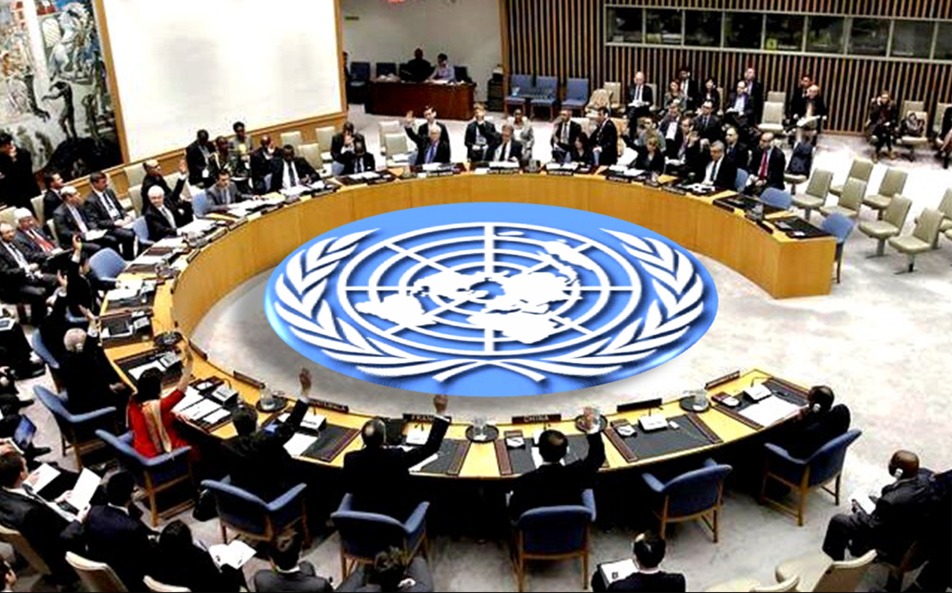WHO Urges Swift Global Action to Eliminate Viral Hepatitis, Reduce Liver Cancer Deaths

…As world marks World Hepatitis Day, new data shows over 1.3 million deaths annually from preventable liver diseases
The World Health Organisation (WHO) has called on governments and global health partners to intensify and accelerate efforts to eliminate viral hepatitis as a public health threat and reduce the rising burden of liver cancer deaths, marking this year’s World Hepatitis Day with a renewed sense of urgency.
In a press release issued by the global health body, WHO Director-General Dr Tedros Adhanom Ghebreyesus warned that “every 30 seconds, someone dies from a hepatitis-related severe liver disease or liver cancer. Yet we have the tools to stop hepatitis.”
Viral hepatitis – types A, B, C, D, and E – are significant causes of acute liver infections. Of these, types B, C, and D pose the greatest threat due to their capacity to cause chronic infections that dramatically increase the risk of cirrhosis, liver failure, and liver cancer.
Alarmingly, a vast majority of people infected remain unaware of their status. Types B, C, and D together affect more than 300 million individuals globally, contributing to over 1.3 million deaths annually.
In a groundbreaking move, the International Agency for Research on Cancer (IARC) recently classified hepatitis D as carcinogenic to humans, joining hepatitis B and C in the same category. Hepatitis D only occurs in individuals already infected with hepatitis B but significantly raises the risk of developing liver cancer—up to six times higher than hepatitis B alone.
“This reclassification marks a pivotal moment in our collective efforts to raise awareness, improve screening, and expand access to emerging treatments for hepatitis D,” said Dr Meg Doherty, the incoming Director of Science for Health at WHO. “WHO has issued new testing and diagnosis guidelines for hepatitis B and D in 2024 and continues to monitor the impact of innovative treatment options.”
While hepatitis C can now be cured in just two to three months with oral medications and hepatitis B can be effectively managed through lifelong antiviral therapy, treatment for hepatitis D is still evolving. However, WHO asserts that substantial reductions in liver cirrhosis and cancer deaths can only be achieved through urgent, integrated national responses that scale up vaccination, testing, harm reduction, and treatment services.
There has been promising progress in national hepatitis responses, particularly among low- and middle-income countries (LMICs). According to WHO’s 2024 Global Hepatitis Report:
The number of countries with national hepatitis action plans increased from 59 to 123 in 2025.
Policies for hepatitis B testing among pregnant women are now in place in 129 countries, up from 106 in 2024.
147 countries have introduced the hepatitis B birth dose vaccination, a rise from 138 in 2022.
Despite these achievements, service coverage remains worryingly low. As of 2022, only 13% of individuals with hepatitis B and 36% of those with hepatitis C had been diagnosed. Treatment rates were even lower—3% for hepatitis B and 20% for hepatitis C—far short of the 2025 targets of 60% diagnosed and 50% treated.
Service integration also remains uneven: while 80 countries have embedded hepatitis services into primary health care and 128 into HIV programmes, only 27 have extended hepatitis C services to harm reduction centres.
WHO estimates that achieving its 2030 elimination targets could save 2.8 million lives and prevent 9.8 million new infections. However, with declining donor support, countries must now prioritise domestic funding, improve data systems, reduce medicine costs, and address stigma to close persistent service gaps.
To mark World Hepatitis Day, WHO has partnered with Rotary International and the World Hepatitis Alliance to amplify global and local advocacy through a campaign themed “Hepatitis: Let’s break it down.”
The initiative demands urgent action to confront the surge in liver cancer linked to chronic hepatitis and to dismantle systemic barriers, including funding gaps and societal stigma.
Through joint webinars and coordinated outreach efforts, the partnership highlights the indispensable role of civil society, community leadership, and governments in sustaining momentum and achieving the shared goal of hepatitis elimination.
As WHO sounds the alarm, the message is clear: the tools to end hepatitis and reduce preventable liver deaths exist—what is needed now is bold, collective action.







